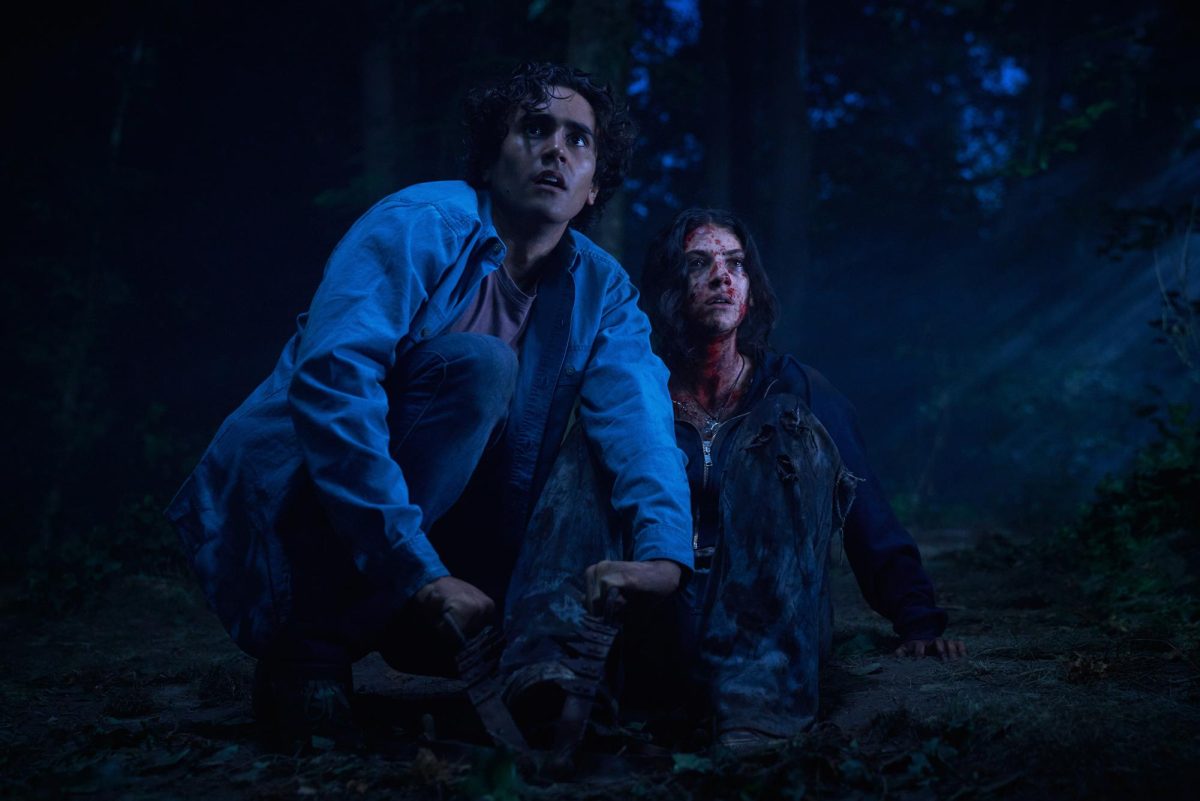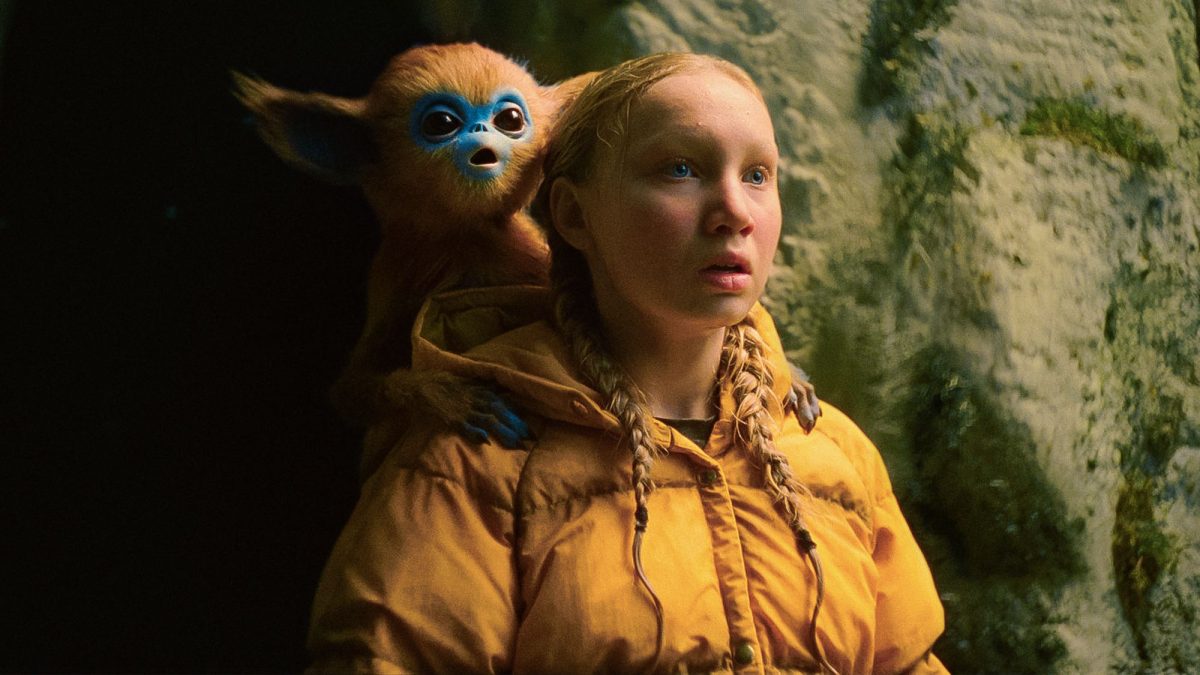Outer space’s vast blackness has been explored in countless movies previously. But in Alfonso Cuarón’s “Gravity,” space has never felt so down-to-earth.
“Gravity” is Cuarón’s triumphant return to the director’s chair for the first time in seven years since his last science-fiction outing, “Children of Men.” “Gravity” ventures into the vast emptiness of space, thrusting its characters — and audience — into a spinning whirlwind of thrills, terror and suspense. The opening shot alone establishes a world just outside Earth, both literally and metaphorically, exuding both elegance and thrills within a single 13-minute take. Gracefully choreographed and beautifully photographed, the film has an otherworldly sense of wonder whose story is simplistic yet bursting with substance and emotion.
Told in a crisp 90 minutes the film follows Sandra Bullock as Dr. Ryan Stone, a biomedical engineer on her first-ever outing to space. She is paired with George Clooney, who plays charismatic, veteran astronaut Matt Kowalski, as they fight for their lives to survive after a debris field causes catastrophic damage to their shuttle.
The film relies on Bullock’s fierce everywoman performance as Dr. Stone. Bullock is a shoo-in for an Oscar nod, carrying the film in a manner that propels it into instant classic status. Clooney brings a surprisingly effective sense of humor, complimenting Bullock’s no-nonsense mentality for the mission. While the script succeeds in delivering quippy and clever dialogue, Bullock and Clooney provide depth to their characters with unparallelled, impeccable performances.
Capturing the spinning sense of weightlessness found in zero gravity is a well-choreographed ballet of aesthetics in this production. While many films are criticized for their inaccuracies, “Gravity” is attracting attention for its fairly accurate scientific representation of outer space. With this in mind, “Gravity” is a film that should be experienced in theaters for its perfecting immersion in a dizzying array of images, which convincingly transports the audience into space.
Such immersion is achieved through its visual style, spectacularly shot by Emmanuel Lubezki. Cuarón and Lubezki create an aesthetic dominated by long takes with no cuts. As tension rises throughout the film, so does the frequency of cuts. The camera movements translate zero gravity to the film’s visual elements, twisting and moving in a manner that mimics space walking. Cuarón, who coedited the film, brilliantly combines these styles in the film’s final moments, creating a scene that is emotionally captivating and visually epic.
One challenge is committing to a realistic portrayal of no sound existing in space. The sea of stars amid the void is accented by a hollow and muffled sound design. What makes the explosions and collisions frighteningly realistic is how the only sounds audible are the faint screams and heavy breathing from inside Dr. Stone’s helmet, which are accompanied by radio chatter and the muted thuds as she collides with other objects, struggling to grab a hold of anything.
It’s a haunting and chilly atmosphere where true terror is discovered in suspenseful uncertainty and solitary confinement. Ironically, space feels claustrophobic by comparison, as Bullock struggles to conquer her state of mind before she can find the strength to survive. At times, “Gravity” is more tense than recently released horror films, fitting for its October release. The characters’ fears become integral to the plot, as well as centric to Dr. Stone’s growth from a nervous engineer into a fearless woman simply attempting to survive.
What makes Cuarón’s film so successful is its simplicity, allowing the setting to completely absorb the audience. Its humility and emotional depth are as grounded as its title, bolstered by a beautiful musical score and impressive 3-D effects that thematically fit the film.
Epic in its physicality and immersion yet intimate in its story and character, the true achievement of “Gravity” is keeping its celestial setting down to earth.
















